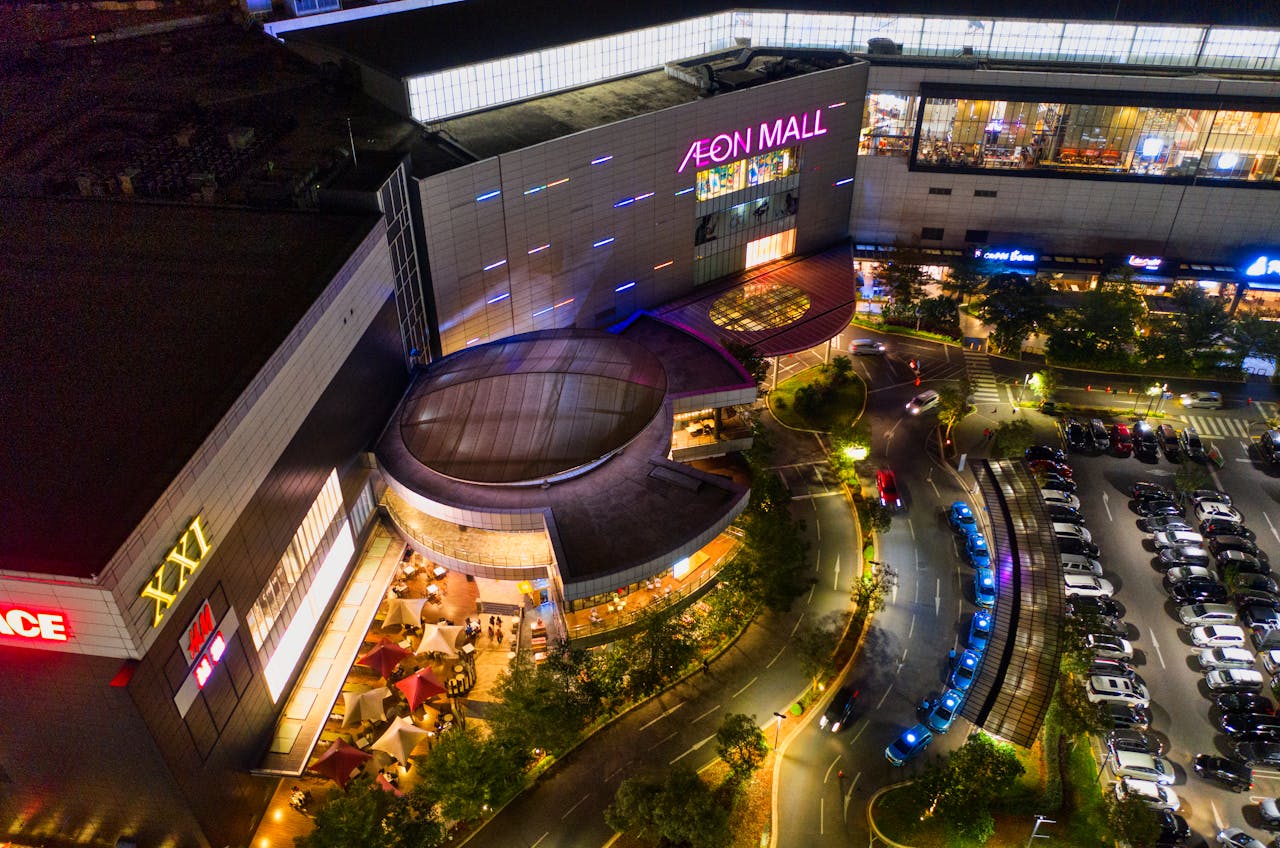Nighttime Economy: How Cities Are Monetizing 24/7 Urbanization
Cities across the world now implement 24-hour operations which have replaced entertainment-based nighttime activities with an essential economic force.
Bars and clubs together with restaurants entertainment spots along with night market activities produce billions in annual revenue while generating employment opportunities for workers and attracting tourists to the area.
Economic benefits from nighttime activities within cities require organized planning together with new infrastructure implementations and changes to local policies.
This blog investigates techniques through which cities benefit from their constant growth patterns while highlighting their encountered difficulties.
The Rise of the Nighttime Economy
Nighttime activities in various cities make up a substantial portion of the regional Gross Domestic Product.
The nighttime economy in London generates more than £26 billion per year as it supports work opportunities for about 1.6 million people.
The 24-hour subway operations of New York City make it possible for its workers to depend on nighttime employment.
Various elements are now responsible for the growth of nighttime economic activities.
- Remote work and flexible work schedules have boosted the need for late-night business operations.
- The development of tourism and hospitality receives a boost from cities that create active nightlife which increases traffic of visitors thus benefitting local businesses.
- Society’s changing values cause younger people to search for activities which extend past standard working times.
Governments along with policymakers have started naming officials who act as “Night Czars” and “Night Mayors” to manage nighttime activities.
The cities of Amsterdam along with Berlin and Sydney created defined policies which help manage their nighttime economy for maximum revenue generation.
Monetization Strategies for a Thriving Night Economy
Communities across the world are using creative methods to maximize profits from night-time business operations. The most widely used methods for effective nighttime economy monetization consist of:
a. Licensing & Taxation
The authorities charge licensing fees and specific nightlife taxes to operators of bars and nightclubs and establishments that stay open 24 hours daily.
The collected money goes toward funding both public services and safety measures and builds infrastructure.
b. Late-Night Public Transport
City governments use expanded transportation options to provide residents with safe and comfortable accessibility throughout the night.
The efficient night transit system operating in Tokyo enables its thriving nightlife to continue weekly.
c. Smart Zoning Regulations
Urban planners have established specific nightlife areas where they combine strategies for business development with residential comfort free from evening disturbances.
Two prominent nightlife districts exist in the cities of London with Soho and New Orleans with Bourbon Street.
d. Events & Festivals
Nighttime festivals and cultural events together with concerts help draw tourists while stimulating community consumption.
These economic boosters provide the foundations for Rio de Janeiro and Bangkok to thrive because they increase their economic output.
e. Safety & Security Investments
The development of a well-functioning nighttime economy depends on making investments in policing along with surveillance systems as well as emergency services.
Communities that spend money on street lights with CCTV cameras and night patrols build trust among public citizens who wish to stay active at night.

Challenges in Monetizing the Night Economy
Cities face several obstacles when it comes to exploiting the monetary value of their nighttime economy systems.
- The residents of the community frequently file complaints about loud noises and disturbing conduct.
- Safety concerns about rising criminal activities as well as substance abuse cases and increased occurrences of impaired driving need communities to establish proper risk control procedures.
- Development restrictions between business independence and public welfare requirements present major regulatory obstacles.
- Sustainable management programs should address the environmental impact of 24-hour business operations along with their energy use and waste output.
Cities implement sustainable nighttime economy strategies which combine environmentally friendly policies with strict licensing rules, and community outreach programs to address these environmental concerns.
FAQs
1. What is the nighttime economy?
All economic activities that occur during nighttime hours from 6 PM until 6 AM fall under the category of nighttime economy which includes bars along with restaurants clubs entertainment venues transportation and late-night retail operations.
2. How do cities benefit from a 24/7 economy?
A broad 24-hour economy generates new employment positions and attracts tourists while increasing business earnings and national economic output and simultaneously promotes cultural activities and public social participation.
3. What hazards are associated with growing establishments which operate at night?
Noise pollution together with increased crime rates and regulatory challenges as well as higher public service expenses such as policing and sanitation constitute the main risks.
4. Which municipalities hold the title for best night economy operations?
The cities of New York and London together with Berlin and Tokyo and Bangkok operate well-organized nighttime economies through official policies backing late-night businesses.
Modern urbanization heavily depends on the nighttime economy because it brings substantial economic opportunities for urban centers.
Smart policy implementations together with safety measures and infrastructure development allow cities to generate maximum revenue within manageable and sustainable nightlife conditions.
Also read: Circular Economy Models for Waste-Free Cities: Case Studies

